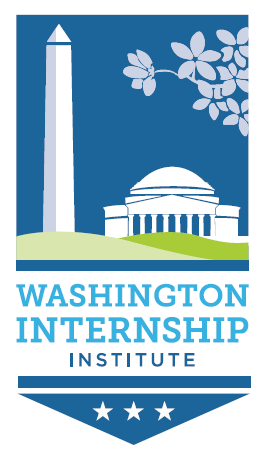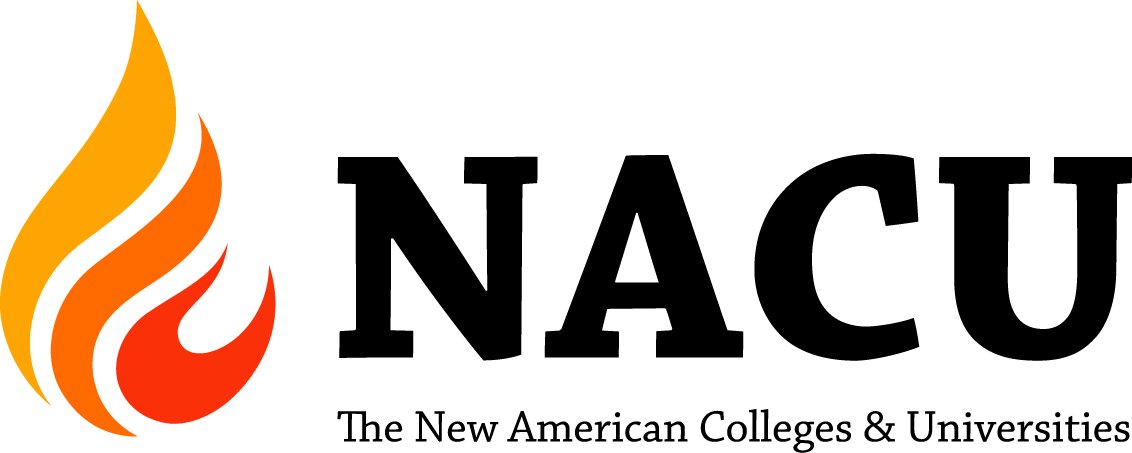The "Hidden Curriculum"
/My first job after earning my doctorate was teaching writing at a community college. My parents met while attending a community college, so I went into the position with an inkling that I was genetically attached to community colleges and the students who attend them.
This turned out to not be the case, in part because both of my parents went on to receive bachelor’s degrees, find good jobs, make a good amount of money — enough to eventually send their son to a very good small liberal arts college without any concerns about finances. In other words, I was pretty disconnected from the students I was teaching — and the versions of my parents 35 years earlier.
I remember when that disconnect was brought home for me. I was meeting with a student in one of my classes who was failing the class because of missed classes and missed assignments: there was no way that he was going to pass the class, even with it only being six weeks into the semester. When I met with him, I suggested that he withdraw from the class to save his GPA from being dragged down by the F he would eventually receive. He looked at me with a blank look that told me he had no idea what I was talking about. I then proceeded to go through the ramifications of withdrawal and the process — down to writing out directions to the Registrar’s office and every step thereafter.
I realized then that my parents’ path had allowed them to pick up nuggets of information along the way about how to “do” college — that they eventually conveyed to me. I didn’t have a class that told me what a Registrar’s function was, what “withdrawal” meant, how my GPA was calculated; these and other nuggets wormed their way into me throughout my childhood — perhaps on the drive down to the University of Washington with my mom when she attended a night class while completing her degree, or in the car with my dad when he told me the story about how he got kicked out of his first college.
I haven’t really had a term to label these pieces of information about how to “do” college, but while reading a recent article in the Chronicle of Higher Education on access to experiential learning opportunities, I came across a perfect label, expressed by a professor at Cal State Fullerton:
Internships, study abroad, and research are part of what he calls a “hidden curriculum,” one his students often don’t know how to navigate. “No one tells you that you should have an internship, that you should study abroad,” he says.
There are whole swathes of information that aren’t taught by colleges that enrich a student’s experience in college. The reasons for not communicating this “hidden curriculum” are numerous, but I think it is important for colleges to be more intentional about exposing this curriculum for all students.
I don’t want to leave this article without discussing its main point about the importance of providing not just access but equal access to experiential learning opportunities like the one our organization provides, and this gets us back to intentionality: as the professor above implies, colleges cannot just simply offer these opportunities, but must promote them and explain them to students who may not understand at first glance their importance and value.
One of the benefits of taking this position has been witnessing the enormous growth in all of the students who have participated in the program, but particularly those students who are first-generation college students. One of our long-term goals is to provide more opportunities and expand access to our program while still maintaining the quality of the program.
In this article, she isn’t talking about our program, but one of our board members could be:
there doesn’t have to be a trade-off between scale and quality, says Jillian Kinzie, associate director of the National Survey of Student Engagement Institute, at Indiana University at Bloomington.
She goes on to say that
Colleges are best served when they offer opportunities that align with the ethos of their campuses, she says. Buy-in from faculty members and administrators is greater when proposals conform to the institution’s mission, and it can lessen the lift needed to get students involved. . . . [C]olleges should focus on equity of access and the quality of the activities they do offer.
One of my goals has been to broaden our base of partner colleges, and I have sought to do that with institutions whose missions suit our program. One of the reasons why our partnership with the New American Colleges and Universities has been so promising and appropriate is because these institutions’ missions explicitly connect liberal education with professional preparation — just as ours does. As Dr. Kinzie notes, when mission and program are aligned well, opportunities for students are easier to create, promote, and integrate — making it that much easier for all students to participate and benefit.


